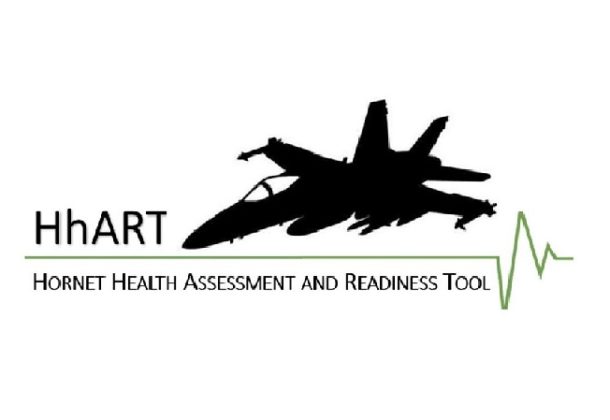F/A-18 Diagnostics Tool Has Successful 1st Year With Fleet

One year after first hitting the fleet, a unique F/A-18 analytical tool, Hornet Health Assessment and Readiness Tool, or HhART, continues to benefit the warfighter and demonstrate how a mix of big data analytics and engineering can serve as an accelerator for US Navy aircraft readiness, NAVAIR News reports from Naval Air Systems Command at Patuxent River.
“This cutting edge technology will reduce unscheduled maintenance and make diagnostics and maintenance planning easier for the warfighter,” said Don Salamon, an engineer for the Physiological Episodes (PE) Integrated Product Team in the F/A-18 and EA-18G Program Office (PMA-265).
“While the inception of HhART stemmed from PE investigations, the resulting tool puts data to use in a practical, proactive way, directly supporting the ability to maintain increased aircraft readiness as well as maintenance and supply postures,” he said.
HhART leverages aircraft and sensor data, maintenance information, and advanced data analytics to create a health and performance dashboard display of the aircraft’s critical Environmental Control System (ECS). This information provides the fleet with enhanced prognostic and predictive capabilities to facilitate better troubleshooting and more efficient maintenance of this complex system of aircraft components. Naval Air Systems Command employed the tool and began surveilling the fleet in March 2019, providing squadrons with direct, proactive feedback and maintenance recommendations on flagged aircraft.
Salamon said HhART became the top corrective action taken to combat PEs and after great initial success, the program rapidly expanded, leveraging data correlations and unique features identifying underperforming or failing systems ahead of the onboard aircraft prognostics. He attributes the program’s success to PMA-265 and NAVAIR leadership empowering and providing resource support to the multifaceted HhART Team, led by the PE IPT and comprised of data scientists and technical experts from NAVAIR, Naval Air Warfare Center Training Systems Division, Naval Sea Systems Command, the Carderock Division of the Naval Surface Warfare Center, the Center for Naval Analyses, and The Boeing Company.
“This cross-functional and collaborative effort between industry and government highlights the US Navy’s organic capabilities to execute true applications of ‘big data’ and produce actionable results and outcomes,” said Capt. Jason Denney, PMA-265 program manager.
After a successful year in the fleet, the HhART team is transitioning this same methodology to other aircraft systems that are primed to benefit from similar data analysis, such as fuel systems, flight controls, propulsion systems, and Generator Control Units, the current number one degrader for both the F/A-18E/F Super Hornet and E/A-18G Growler.
The tool provides operators and maintainers with an indication of issues or degradation of systems in near real-time, enabling a more proactive than reactive approach and quicker identification of trends that often inform supply chain management decisions. The ultimate goal for HhART is integration directly into the aircraft’s numerous complex systems, further supporting improved supply, maintenance and readiness postures for F/A-18s and EA-18Gs, and the team behind it is currently digging into the data analysis and engineering challenges to bring that plan to fruition.
“The HhART Team has done an amazing job in creating this program and we expect, with its continued development and expansion to other aircraft systems, that it will become an indispensable tool for maintaining increased readiness for our aircraft platforms,” Denney said.























